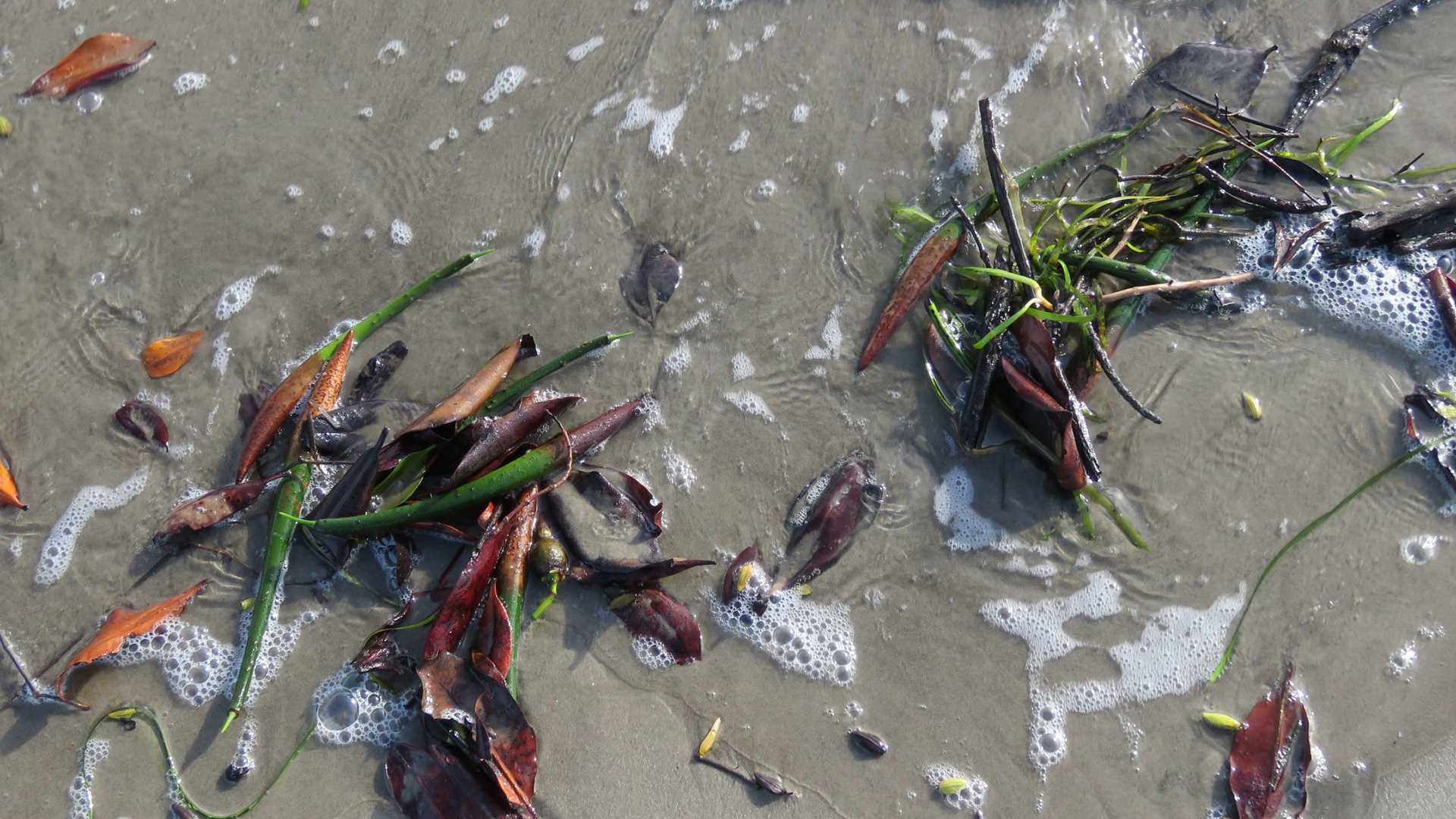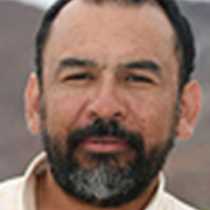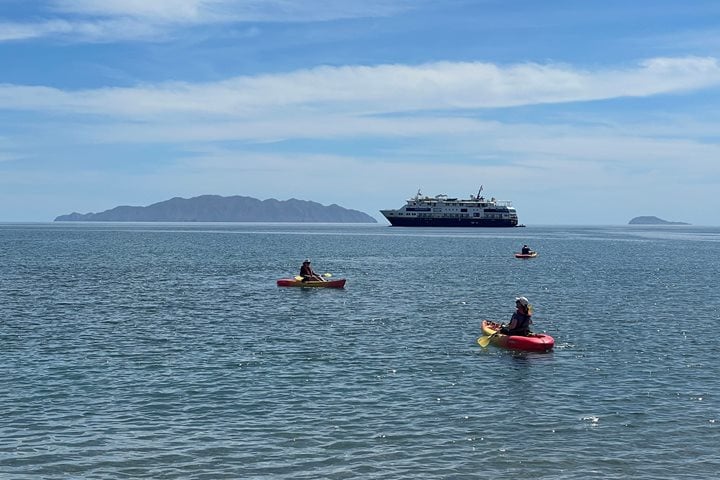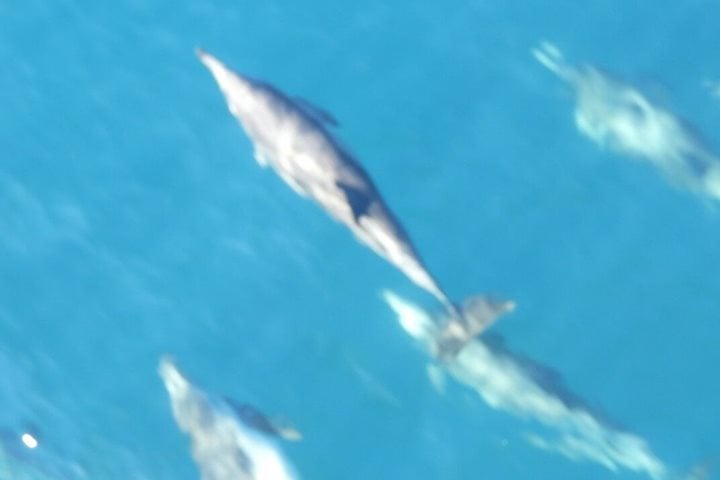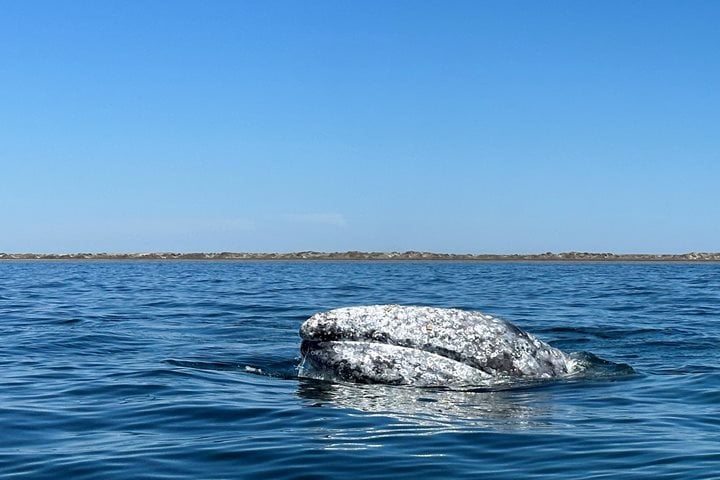We all aboard the National Geographic Sea Bird woke up this morning in the middle of Magdalena Bay, the southernmost calving lagoon for the gray whale in the Pacific side of the peninsula of Baja California. From the anchorage, the expedition landing craft took our guests and naturalists to the first outing in the magnificent sand dunes of Magdalena, a long, narrow, 60-mile long barrier Island. One of the objectives was to reach Sand Dollar Beach, located on the open ocean side. Once there, all the hiking explorers discovered life, or signs of life, on the shore: thousands of seeds from different mangrove species, plus seagrass, seaweed, crabs, insects, seabirds and shells from mollusks, including pen shells, diverse scallops, clams, fig and moon snails, and even dead birds, sea turtles and skulls of California sea lions and dolphins. The second task was to observe birds among the mangroves that patchily abound in the area, and over the dunes, party led by bird expert Michel O’Brien. We later left the location and moved northwards through the canal to reach the gray whale calving area. The narrow and shallow canal was flanked by mangroves (principally red), and ornamented with hundreds of flocks or solitary individual birds of all sorts, some flying, perched of fishing. From the ship, we observed the first whales in the afternoon, as well as bottle-nosed dolphins close or bow riding several times. At night, after dinner, Carlos Navarro, our Undersea Specialist, presented a very informative talk about the gray whales. We went to bed with the happy thought that we will see these gentle giants tomorrow.
Call +1.800.397.3348 or contact your travel advisor

